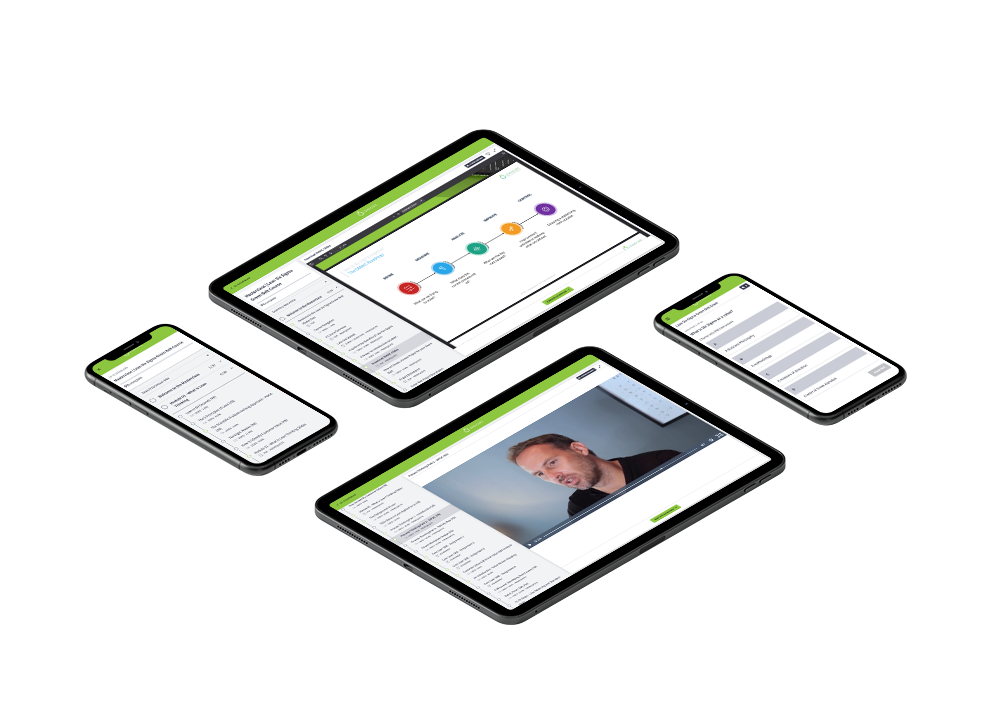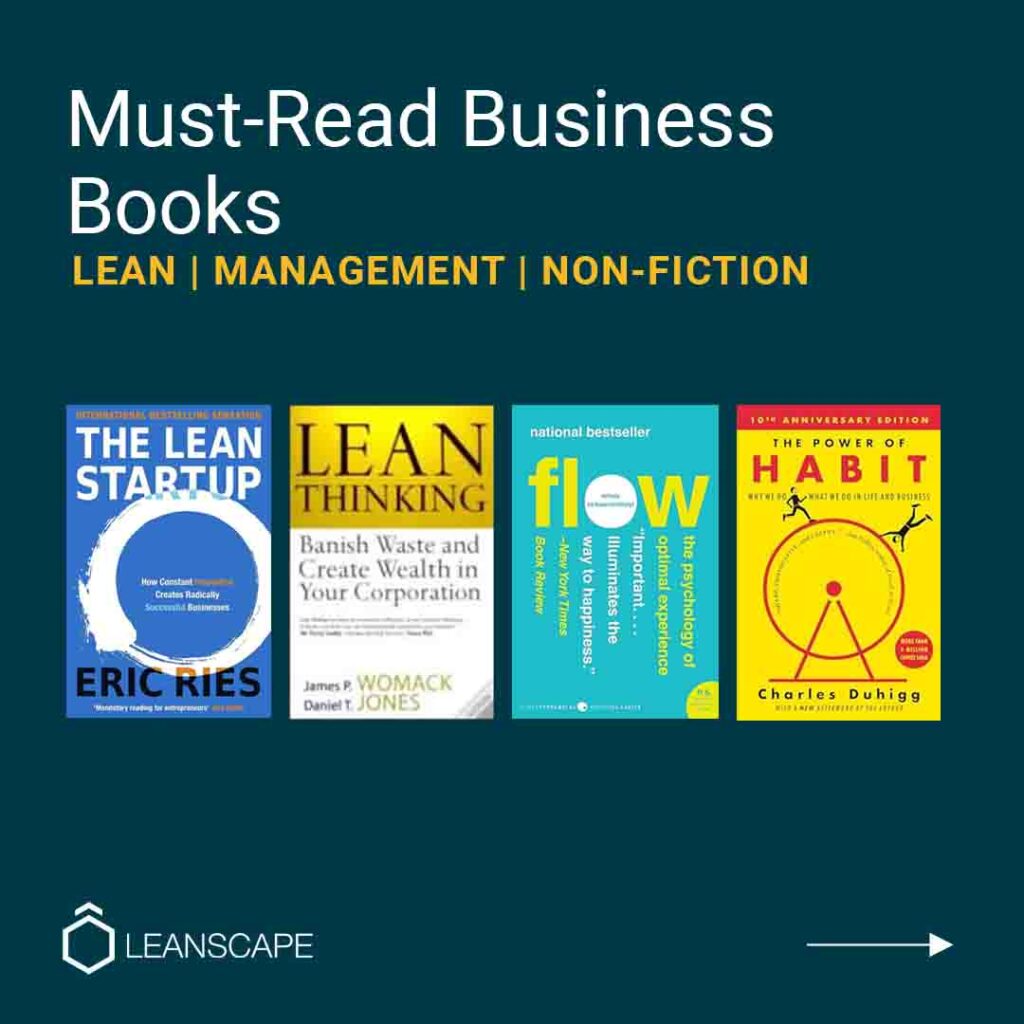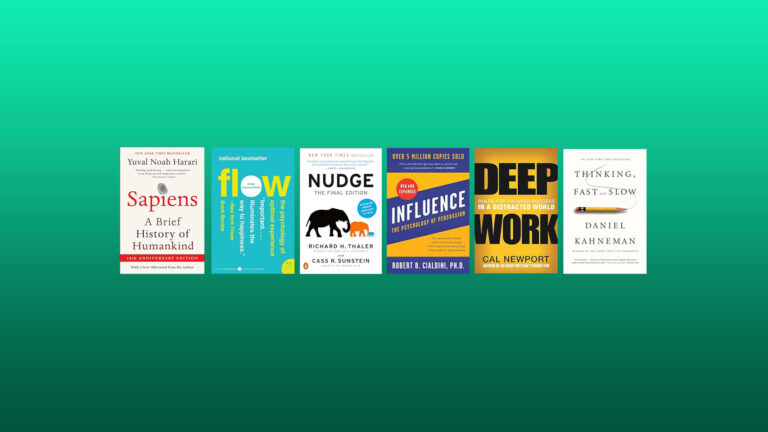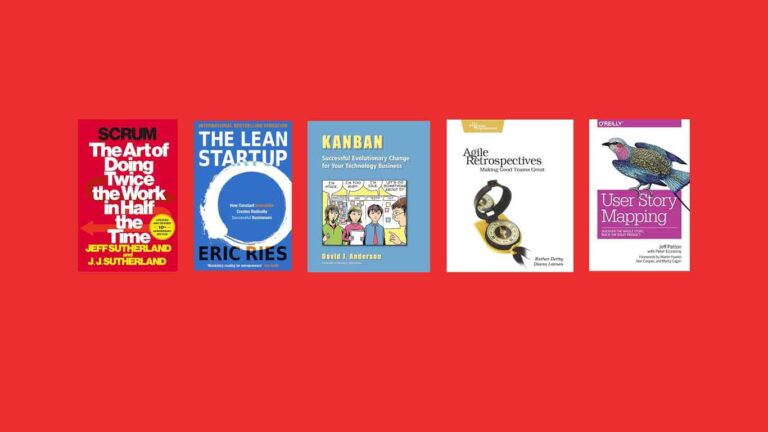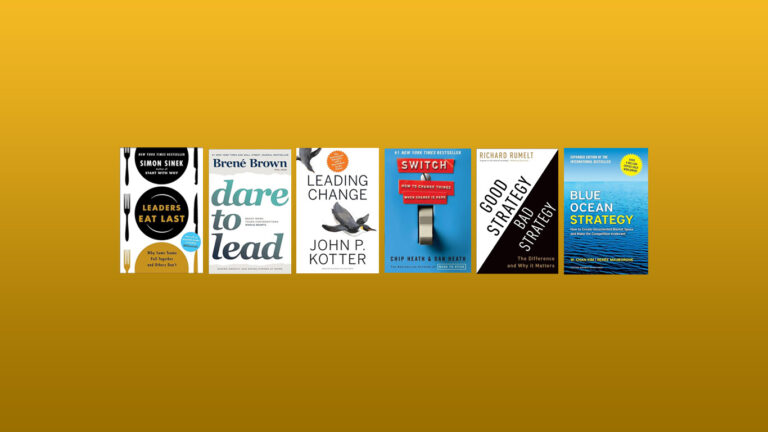Data alone is not enough. We have to identify the patterns and the trends to help us make better decisions that can really impact our business. This is where the scatter chart can help.
Time Thieves: How Time Slips Away and How to Fight Back
Time is our most precious resource, yet it remains one of the most misused and under-appreciated aspects of our professional lives. With so many time thieves lurking around every corner, it can become increasingly difficult to maintain productivity and effectiveness in our ever-busy workdays.
"Our time, resources and potential are finite — and therefore our most precious assets".
Leanscape Consultancy Tweet
The 6 Biggest Time Thieves
1 – Email,
2 – Meetings,
3 – Lack of breaks,
4 – Multitasking,
5 – Asynchronous work, and
6 – Social media
… and how they rob us of our attention, focus, and ability to think deeply. More importantly, we will discuss how Lean Thinking can be a game-changing solution for senior leaders, managers, and business leaders who want to make a difference and create value in their organisations.
Time Thieves: The Silent Killers of Productivity and Effectiveness
1. Email: The Never-ending Digital Battle
We’ve all experienced the seemingly endless unread emails in our inboxes. Instead of being a helpful mode of communication, email has become a constant source of stress and a time-consuming liability. All those continuous email notifications divert our attention and impede our ability to concentrate.
Facts:
On average, we spend an astonishing 28% of the workday reading and answering emails. This amounts to approximately 2.6 hours daily reading and responding to an average of 120 messages received daily. We check our email 15 times per day or every 37 minutes.
https://hbr.org/2019/01/how-to-spend-way-less-time-on-email-every-day
So what is the fix?
Managing emails is one of the most effective ways to save time and increase productivity. Here are some tips to help you manage your emails and regain control of your inbox.
First, turn off notifications for incoming emails. Notifications will break your concentration and focus, so turn them off for a few hours or even a whole day. This will allow you to work in peace without interruption and do more during the day.
Second, set aside specific times of the day to read and respond to emails. Instead of reading every email as it comes in, set a schedule when you can dedicate time to dealing with emails without distraction, such as once in the morning, afternoon and evening.
Third, use automated filters or rules that can help prioritise emails. Emails from important contacts or sources should be prioritised over others and dealt with accordingly. Create folders for different types of messages and establish rules that automatically send emails into those folders depending on their relevance and importance. Doing this will make it easier to know which emails need immediate attention when needed.
Finally, it’s important to adopt an attitude of accountability towards your email habits. Responding promptly will encourage people to keep sending messages but be mindful not to let it consume too much of your working time. These tips can help you regain control over your notes and maximise daily productivity.
The Root Cause of Email – We send too many!
We are all learning how to manage emails, but the root cause of people drowning in emails is simply that we all sent to many emails. Sometimes a call is just quicker and more efficient. Sometimes, we need to remove the cc and encourage others to reduce the number of emails being sent.
When you used to send a letter to someone, you had to have something worthwhile to say. There was friction in sending a letter. The effort to write it, the effort to post it, buy the stamp, go to the post office etc. Today, there is no barrier or friction when it comes to sending an email or getting on Teams.

2. Meetings: The Necessary Evil
We tend to assume that meetings are an essential part of work. However, research says otherwise. Many meetings are unproductive and consume many of our workdays, leaving little time for focused, high-value work. This takes a toll on our time and motivation to make a difference.
According to a Flexjobs and Mental Health America study, the average employee spends more than 5 hours a week in meetings. This can be even higher for employees who work in customer-facing roles or executive positions.
On top of that, research suggests that nearly 31% of meetings are considered unproductive. That’s because they lack specific objectives and transparent agendas, resulting in excessive time wasted on discussing irrelevant topics. Furthermore, over half of those surveyed reported feeling frustrated when attending meetings with no apparent purpose or conclusion.
Besides being inefficient, these long, tedious meetings can also lead to other adverse effects, such as exhaustion and reduced motivation. A recent survey showed that almost 80% of people feel overwhelmed after attending lengthy meetings with no productive outcome. This can have profound implications for mental health and productivity as it increases stress levels and decreases focus.
Organisations should strive to create more structured meetings with specific goals and agendas to increase efficiency and avoid wasting valuable time. This will help ensure productive conversations and improve employee engagement levels, leading to better team collaboration and decision-making.

3. Lack of Breaks: When the Brain Craves Rest
Our brains are not designed to work for hours on end without respite. Skipping breaks and pushing ourselves too hard diminishes our overall cognitive abilities. As a result, productivity decreases and our ability to think deeply is negatively affected.
We all face distractions and time thieves that rob us of our attention, focus, and ability to think deeply. It can be difficult to stay productive when faced with emails, meetings, multitasking, asynchronous work or social media. These things can make it hard to concentrate on important tasks and reach peak productivity levels.
The Pomodoro Technique is a popular time management method used by many people around the world. This technique encourages users to break down their tasks into 25-minute intervals (known as “Pomodoros”), followed by short breaks in between each interval. By breaking down large tasks into smaller chunks of focused work, this technique helps increase concentration while also providing regular breaks for rest and relaxation. With this approach, you can maximize your productivity while avoiding burnout from overworking yourself!
100% Free Fundamentals of Lean COURSE
4. Multitasking: The Mythical Holy Grail
Contrary to popular belief, multitasking is not an efficient way of working. Juggling multiple tasks divides our focus, leading to a significant decrease in productivity and quality of work. To truly derive meaningful results and insights, it’s crucial to dedicate our full attention to one task at a time.
Multitasking is a myth.
Science has consistently shown that multitasking is a myth and task switching can have disastrous effects on our attention. Stanford University and the University of California have found that people who frequently switch tasks are more easily distracted, less productive, and slower to complete their work than those who focus on one study at a time. This is because when we try to do too many things at once, our brains become overwhelmed with information overload, leading us to make mistakes or take longer to complete tasks.
Furthermore, research suggests that multitasking can lead to long-term cognitive impairment, as it reduces the amount of oxygen available in the brain’s prefrontal cortex — an area responsible for higher-level thinking, such as decision-making and judgment.
5. Asynchronicity of Work: The Struggle of Remote Workforces
Working in a remote or hybrid environment can be challenging due to disjointed team communication and collaboration. Asynchronous work can interrupt our workflow, forcing us to switch between tasks constantly and reducing efficiency.
Asynchronicity at work refers to difficulty coordinating and collaborating among remote teams due to working at different times. It can interrupt workflow, forcing employees to switch between tasks frequently, which reduces efficiency and productivity. The Pomodoro Technique is a popular time management method that encourages users to break down tasks into 25-minute intervals (“Pomodoros”), followed by short breaks between intervals. This helps maximize productivity while avoiding burnout from overworking oneself.

6. Social Media: The Habits We Can’t Break
Social media’s addictive nature steals our time and focus. Constantly checking our feeds and notifications can harm our productivity and mental well-being.
Social media has become an integral part of our lives, with platforms like Twitter and Facebook acting as the digital version of a coffee break or water cooler talk. But there’s a hidden danger in this seemingly benign habit – it hijacks our attention and saps our productivity.
Social media can be so addictive due to its design. Many platforms are designed to reward users with notifications, likes and retweets when they post something which reinforces their behaviour and keeps them hooked. Platforms also use algorithms to show us content that we’re most likely to engage with, turning us into what’s known as “filter bubbles” where we only receive content that reinforces our existing beliefs and opinions. These filters create an echo chamber effect where users are exposed to limited ideas and perspectives, leading to a confirmation bias where instead of expanding our knowledge base, we reinforce the ideas we already hold.
Not only does this mentally limit our growth, it also disrupts our productivity levels by stealing away time that could have been spent on more meaningful tasks such as studying or working on creative projects. Studies conducted by the University of California Irvine have found that it takes an average of 23 minutes for someone who’s interrupted their task to check social media to get back on track. That number rises even higher if they become distracted by notifications during that time!
Therefore, if you want to boost your productivity levels, one of the best things you can do is to limit your social media usage, such as setting timers on apps like Instagram or taking regular digital detoxes where you abstain from using technology entirely for some time. Doing so will give you more space for creativity and focus while also improving your mental health!
To take back your time – summary
Time thieves such as emails, meetings, multitasking and asynchronous work can disrupt our workflow and reduce productivity. Additionally, social media can be addictive and hijack our attention, leading to a confirmation bias that limits mental growth. To avoid these time-stealing activities and boost productivity, it is recommended to limit social media usage using timers or take digital detoxes and use methods like the Pomodoro Technique to break up tasks. Doing so will help restore focus and free up time for meaningful work.




